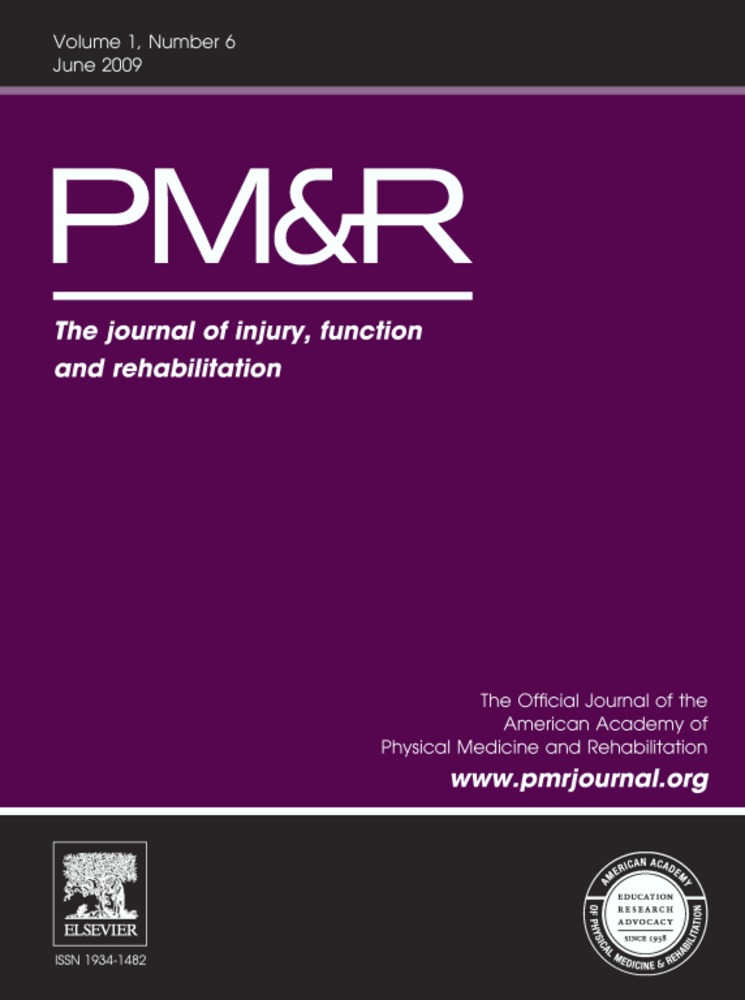The Effectiveness of Locomotor Therapy Using Robotic-Assisted Gait Training in Subacute Stroke Patients: A Randomized Controlled Trial
Abstract
Objective
To evaluate the effectiveness of early and prolonged locomotor treatment with the use of a robotic-assisted gait training (RAGT) device (Lokomat; Hocoma Inc., Zurich, Switzerland) on the functional outcomes of patients after subacute stroke.
Design
A nonblinded prospective, randomized, controlled study.
Setting
Rehabilitation department in tertiary university medical center.
Patients
Sixty-seven patients in the first 3 months after subacute stroke were randomized into 2 groups as follows. Thirty-seven patients were treated with RAGT, and 30 were treated with regular physiotherapy. Inclusion criteria were first stroke, independent ambulation before the stroke, and neurological severity between 6 and 20 according to the National Institutes of Health Stroke Scale (NIHSS).
Intervention
RAGT treatment was administered 3 times a week for 30 minutes, combined with regular physiotherapy for 6 weeks. Control patients received the equivalent additional time of regular physiotherapy.
Main outcome measurements
The primary outcome was the ability to walk independently, as assessed by use of the functional ambulatory capacity scale. The secondary outcomes included the neurological status according to the NIHSS; functional motor assessment (determined by use of the stroke activity scale); and gait parameters, including gait velocity, endurance, and number of climbed stairs.
Results
In the intention-to-treat analysis, subjects in the RAGT group exhibited greater gains than the control group in their ability to walk independently, as expressed by a greater functional ambulatory capacity score (P < .01), and in their neurological status according to NIHSS (P < .01). Among those who achieved independent walking, nonsignificant differences between groups were noted according to secondary outcome measures of gait parameters except from step climbing.
Conclusion
This controlled study showed, at the end of a 6-week trial, that locomotor therapy with the use of RAGT combined with regular physiotherapy produced promising effects on functional and motor outcomes in patients after subacute stroke as compared with regular physiotherapy alone.




